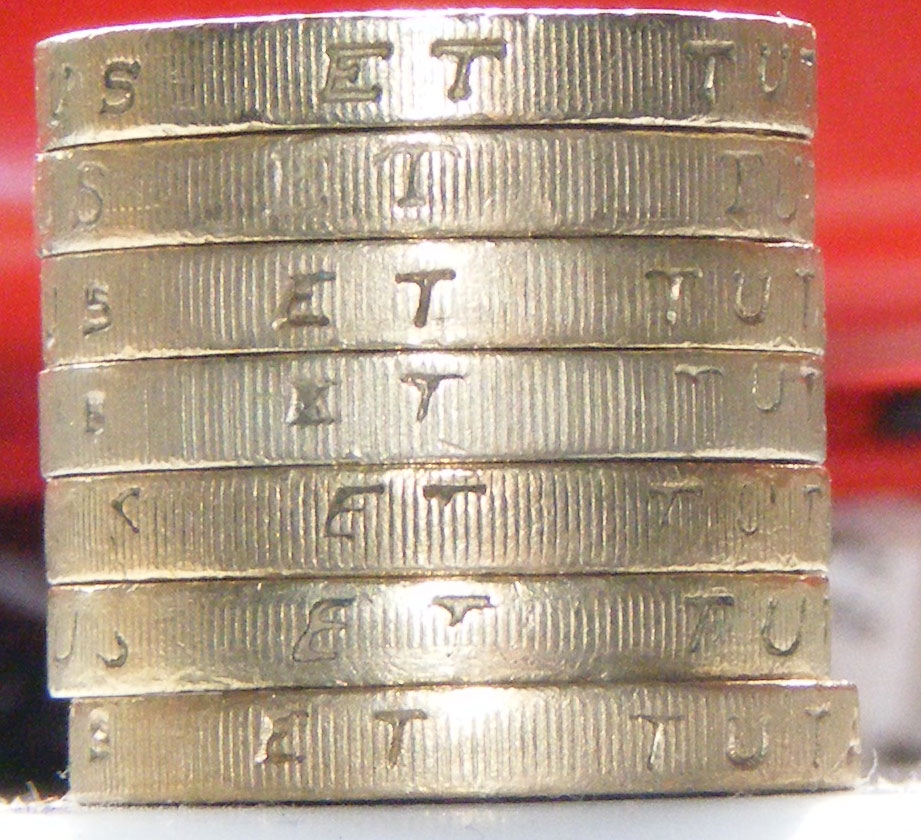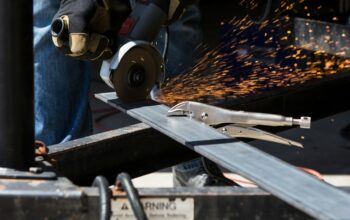As well as people directly involved within the insolvency market there’s a lot of fascination with what happens at the Meeting of Creditors (MOC) which usually is called to think about the insolvent debtor’s proposals for an Individual Voluntary Arrangement (IVA). Some such debtors might even become inhibited about suggesting an IVA to their creditors for fear of just what may occur in the MOC who decide whether or not to approve or refuse the IVA.
Just what exactly really takes place at an MOC may well amaze those people who are unfamiliar with the procedure. In many instances, creditors don’t go to the conference whatsoever. Even the debtor who is suggesting the IVA is not obliged to attend the MOC either although must be contactable throughout the day which the meeting is scheduled and especially at the specific time of the actual meeting. In most cases it is enough for the debtor to be available by telephone so that the chairman of the meeting may well communicate the actual progress of the meeting or clarify problems that may be raised by creditors.
So who does go to the MOC and what happens at it? Generally the MOC is chaired by the Insolvency Practitioner (IP) who’s the debtor’s Nominee in respect of his / her IVA suggestion. Although the IP may possibly authorise a suitably qualified and experienced employee to be able to chair the MOC. MOCs are usually digital meetings and therefore are hardly ever an occasion of confrontation or dispute between the debtor and creditors.
The wishes of the creditors are these days usually conveyed to the chairperson of the meeting by means of written communications. These are usually passed on to the chairperson by postal mail, by fax or even by e-mail. These kinds of communications mostly consist of proofs of debts, modifications to the proposals which creditors need and proxy forms which enable the chairperson to vote for or against the proposal according to the stated directions of the creditor.
Recently, numerous creditors instruct and authorise agents to act on their behalf in regards to MOCs and these agents might vote on behalf of creditors. The IP offers duties and responsibilities in regard to the conduct of the MOC. One of these duties is to explain almost any adjustments that creditors require to the debtor. The debtor is going to be allowed the required time to consider such adjustments which may have to do with the monetary contributions which the debtor is proposing to create in the IVA. If, for example, the debtor’s equity in his or her property or home is not addressed in the proposal, creditors might put forward a modification needing him or her to do so during the term of the IVA, which is usually a 5 years term. In the event the debtor has recently agreed to address such equity, a creditors’ modification may need an increase in the proposed amount to be contributed. Occasionally creditors might request an extension within the recommended duration of the IVA. The creditors will need the IP to be able to vote against the IVA suggestion if the debtor doesn’t agree to accept their own proposed alterations.
The insolvency practitioner therefore has got a great deal to do however will act as an honest broker in all dealings with the creditors and also the debtor. For example, various creditors might propose different and conflicting adjustments and then the IP needs to reconcile such adjustments, communicate with the debtor as well as the creditors, whilst enabling all parties enough time to consider their position and decide whether or not to accept these modifications or not. At least 75% of voting creditors, as calculated by way of the amount of their financial debt, should vote to simply accept the IVA before it may be considered approved at the MOC. All creditors do not exercise their right to vote, but at the very least 75% of those who do vote should accept the IVA for it to be approved. The debtor on the other hand might not be willing to accept the modifications and can withdraw the IVA plans. The IP may adjourn the MOC for about two weeks to see if agreement can be reached not just between the debtor and the creditors however also between one creditor and another where conflicting modifications have been suggested. These kinds of adjournments happen regularly and offer time for lenders to consider the terms of the actual IVA proposal and also for the debtor to consider the modifications. Details of these kinds of adjournments are communicated in writing. To prevent confusion as well as in line with best practice, Insolvency Practitioners seek to acquire written agreement from the debtor that he or she knows and also accepts the modifications.
At the conclusion of the MOC or maybe adjourned MOC, the IP has 4 days to prepare and distribute what is known as The Chairman’s Report of the MOC. this is then sent to almost all creditors and to the debtor and it also records the decision of the MOC, showing how creditors voted. Additionally, it lists the modifications and also their projected effect on e.g. the dividend that creditors may possibly expect to receive.
The best firms of IVA providers achieve approval levels for their IVA proposals in excess of 95%, despite the proliferation of creditors’ modifications in the past few years. After that it drops to the debtor to adhere to the terms of the IVA underneath the guidance of an IP, who’s frequently the exact same IP as acted within the matter before the conclusion of the MOC. The debtor can look toward becoming debt free and will also having actually gained invaluable experience in controlling their finances.




